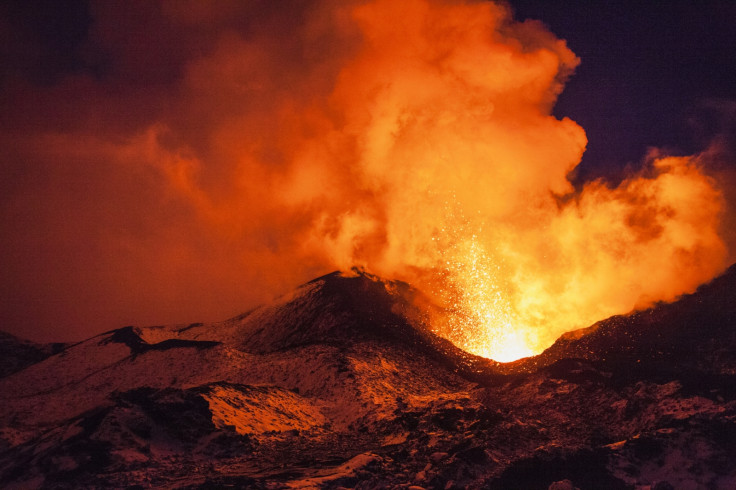Hottest lava for billions of years discovered, and it could resurface at supervolcanoes
The magma is being tapped by plumes and could resurface at Hawaii, Yellowstone or the Galapagos.

Pockets of mantle that have retained their heat for billions of years have been discovered, and they are still capable of causing extremely hot eruptions today.
The Earth's mantle has been cooling down for billions of years. But scientists have discovered a mantle plume – an upwelling of hot material from deep inside the Earth towards the surface – that seem not to have cooled down for more than 2.5 billion years. The findings are published in in the journal Nature Geoscience.
The Galapagos plume is thought to originate at the boundary of the Earth's core and the mantle. Extremely hot material rises up from this boundary all the way to the surface, where it erupts in the form of magma through volcanoes. Sometimes the rising material mixes with the surrounding mantle so it cools down, but sometimes it remains relatively untouched as it rises up.
This can result in eruptions at the surface that are up to about 1,600C – about 400C hotter than the ordinary mantle today.
The structure of the volcanic rock can be used as a way to measure how hot the lava was that formed it. A mineral called olivine that forms in the rock can be used as a 'thermometer' to see how hot the lava was when it cools.
At higher temperatures, the olivine includes more aluminium in its structure. Another mineral found within olivine is spinel, and at higher temperatures spinel has more of the element chromium. Measuring the amounts of these minerals in a rock can put a number on the temperature it was when it formed.
Could it happen again?
The last time this happened at the Galapagos plume was about 89 million years ago, creating land that has since drifted to the coast of Costa Rica. Although 89 million years ago might sound like a long time, in geological terms it is just the blink of an eye, study author Esteban Gazel of Virginia Tech told IBTimes UK.

"90 million years in geological history is nothing – this is like it happened a couple of minutes ago," said Gazel. "So potentially the temperatures of the core-mantle-boundary are still the same. So there's a chance that we could get lava at that temperature."
The Galapagos islands, Hawaii and Yellowstone in the US are examples of where this extremely hot mantle is rising all the way from the core-mantle boundary, Gazel said.
"The temperatures are generally not as high in these areas as they were historically because the volume of material coming up is way less. But I would argue that in Hawaii the lavas really, really hot – 200C hotter than normal upper mantle. To explain that, it needs to be coming from the core-mantle boundary."
"Our planet is very complicated. What we have here is a very little glimpse into history of the planet and processes that govern the inner Earth. But there is still so much to understand."
© Copyright IBTimes 2025. All rights reserved.






















